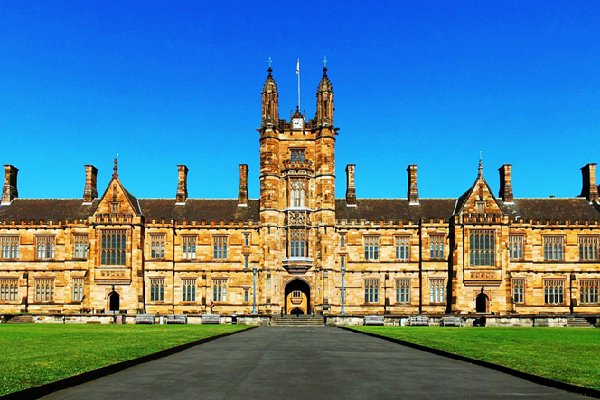Ancient Artworks From Papua New Guinea Empowers Modern Women Artists
A new exhibition of contemporary artworks from Papua New Guinea (PNG) celebrates how a unique art form from the country’s remote highlands has gained a global foothold and allowed a community of female artists to participate in the wider economy.
Ömie barkcloth: Pathways of nioge – opening today at the Chau Chak Wing Museum (CCWM) – shows one of the largest public collections of stylistically vibrant contemporary barkcloth art made by the Ömie people of Northern (Oro) Province, PNG.
Almost all 35 artists featured in the show are women, who produce the cloth and source and make pigments from local rainforest resources. Barkcloth is painted with designs featuring strong graphic black outlines its artists describe as or eseegé (pathways) which are in-filled with earthy and bright natural colours.
The artistic style and process dates back thousands of years but the work in the Ömie barkcloth exhibition was made between 2002 and 2016, a period which saw an international market for the artworks flourish. In 2002, Ömie makers began discussions with Australian art dealer David Baker about selling their works to provide vital income for families, while also maintaining their traditions.
A return visit by Baker in 2004, with Australian writer Drusilla Modjeska, marked the beginnings an artists’ cooperative, Ömie Nemiss Inc. (now called Ömie Artists Inc.) and an international market for Ömie artists. Ömie barkcloth is now sold in Australia and internationally and has enabled the local community to participate in Papua New Guinea’s cash economy.
Modjeska documented aspects of the production of the cloth during her 2004 visit, developing close ties with artists and writing essays for the first exhibitions of Ömie works staged in Australia, from 2006 to 2009.
“Meeting with Ömie women was a profound learning experience,” said Modjeska, who drew on her time with Ömie artists when writing The Mountain, a novel shortlisted for the 2013 Miles Franklin Literary Award. “On the gallery walls in Sydney, their nioge (barkcloth) can hang as contemporary art. Yet, even in this radically different context, they resonate with the poetry of their sacred mountain, Huvaimo, and the vastness of Ömie wisdom.”
Many of the works featured in Ömie barkcloth were part of the private collection of David Baker (d.2009), gifted to the museum from his estate via fellow Pacific-arts collector and dealer, Todd Barlin some years later. They are part of the CCWM’s Macleay Collection.
“The barkcloths are individually beautiful, stunning en masse, and it’s great to see the work of so many named female artists from PNG recognised. The show particularly highlights early work, from the start of the movement to market Ömie nioge to the wider world,” said CCWM Ethnography Curator Rebecca Conway.

